Easiest succulents to propagate quickly

Easiest succulents to propagate quickly. Succulent leaf propagation is both rewarding and pleasurable. It’s incredible that a new plant can sprout from a single leaf. However, there is a technique for succulent leaf propagation, and certain succulents are extremely easy to propagate this method than others.
However, some succulents are difficult to grow while others are sluggish. There is no one propagation strategy that works for all succulents. Some people thrive on divisiveness. Others are propagated through succulent stems. Some are distinguished by their leaves.
Succulents can be propagated in four common ways:
- Succulent stem propagation – stem cuttings can be used to reproduce the majority of succulents.
- Succulent leaf propagation – Many succulent kinds may be grown from a single leaf.
- Succulent division – dividing succulents is effective with a wide range of kinds.
- Succulent seeds – almost all succulents would grow from seed if you have patience.
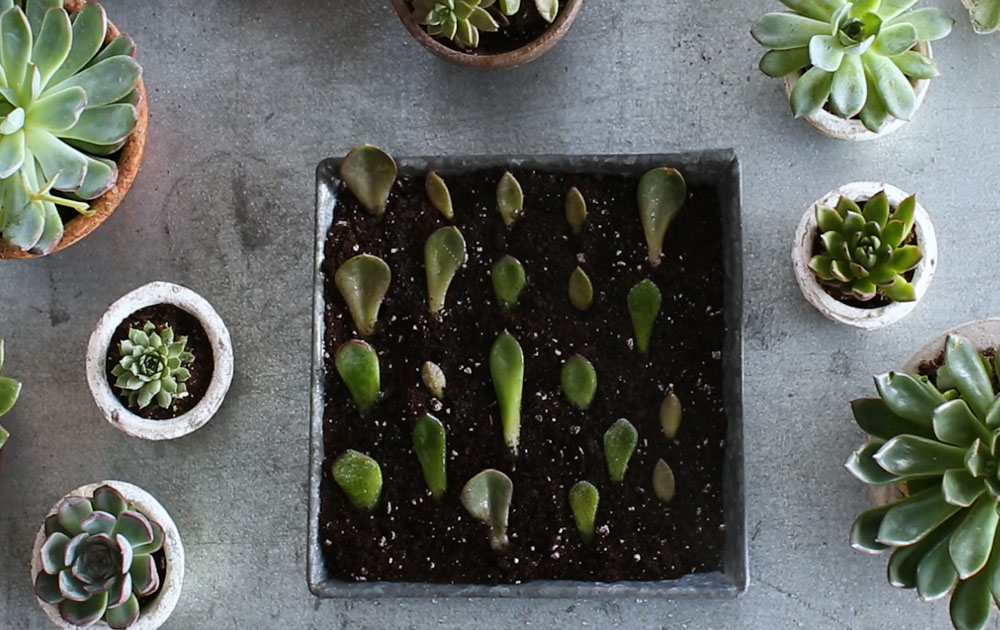
Easiest succulents to propagate
Propagating succulents is an affordable approach to expanding your collection by propagating them. Sharing cuttings with neighbors and friends diversify your collection and enhances your succulent-loving community, which is always a good thing. To make things easier, I’ve created a list of my top best easiest succulents to propagate that you must know.
Sedum clavatum – By Division
Succulent lovers like Sedum clavatum may be propagated by stem cuttings, leaves, or division. Powder blue rosettes grow profusely, occasionally overflowing the edge of a container or a rock garden. They have a lovely appearance and are quite easy to cultivate. As it’s one of the fastest succulents to grow in any way, a division is the best strategy.
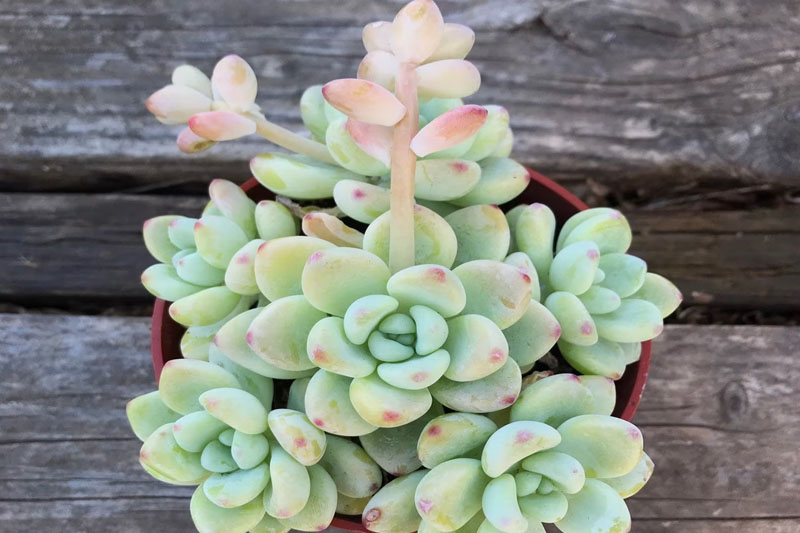
Portulacaria afra – Succulent Stem Propagation
Beautiful Portulacaria afra is an all-time favorite succulent that is also one of the simplest succulents to grow. The stems are brilliant crimson and straight, with tiny, spherical, bright green leaves. In their native Africa, they are popularly referred to as “elephant food.” The variegated Portulacaria has arching stems that may extend well below the container in which it is placed – exceedingly beautiful and ideal for mixed succulent plants! Portulacaria is excellent for learning pruning concepts since they regularly develop two new sprouts at each location where they are pruned. This cultivar is ideal for succulent stem propagation.
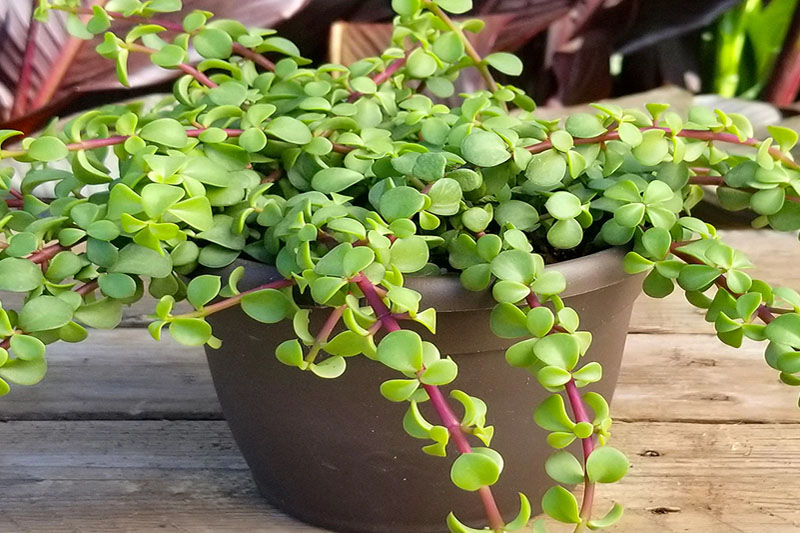
Crassula muscosa easiest succulents to propagate by Division
This succulent is also known as the watch chain. Fine leaves are packed on their stalks. These leaves are 4 to 8 inches tall and produce dense mats of leaves. They look fantastic when combined with other succulents. Crassula muscosa prefers to grow in the shade, although it may also flourish indoors. They are the ideal succulent type for practicing divisional propagation.
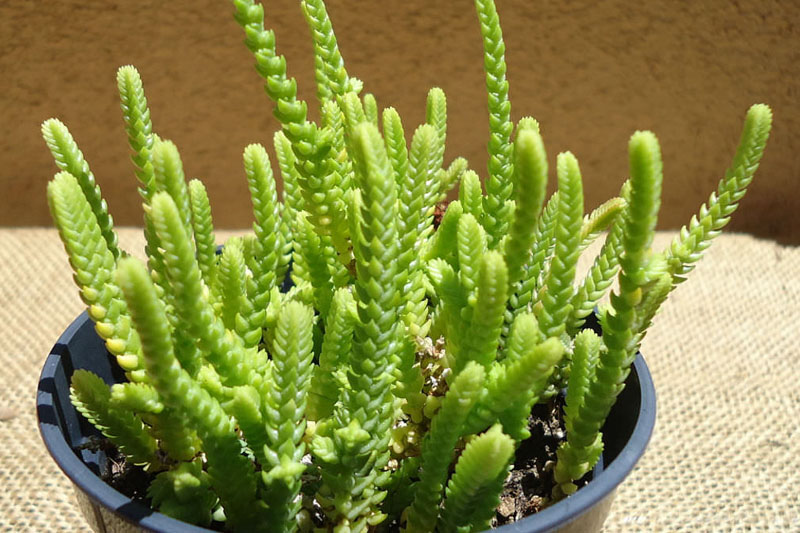
Sedum rubrotinctum – Leaf Propagation
Sedum rubrotinctum’s quirky, jelly bean-like leaves are an absolutely adorable addition to your yard. The starry, lemon-yellow blossoms attract butterflies, and the stress coloration is stunning! This jelly bean plant is also available in pink. It quickly creates dense mats and cascades over the edges of planters to soften the appearance. There is just one reason that new succulent growers don’t like rubrotinctum. If you handle it forcefully, the leaves will readily fall off. Don’t dismiss the plant because of this – it’s a sure indicator that succulent propagation from leaves will be successful! Because the plant is so adept at producing roots from a leaf, it sheds leaves before the stems can break. It’s a coping strategy that will keep you alive.

Echeveria ‘Lola’Easiest succulents to propagate – Leaf Propagation
Some of the most efficient Echeveria propagated from a leaf. Beginners and seasoned collectors both like the perfectly circular rosette and shimmering, pearly pink leaves. They sprout swiftly and have a high percentage of successful leaf propagation.
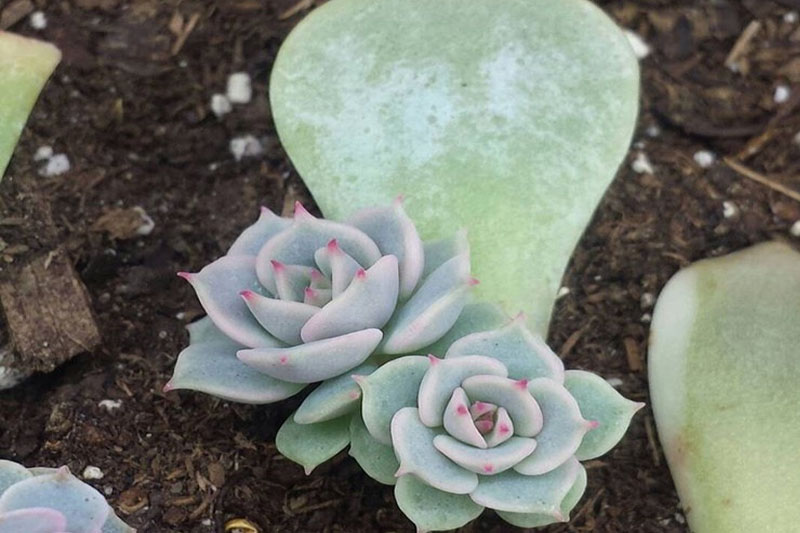
Sedum moriganianum -Leaf Propagation
Do you want to try growing succulents from leaves? Sedum moriganianum is one of the most simple succulents to grow. This beauty creates pendulous stems of fat leaves that trail gracefully and is as easy to cultivate as it is lovely. It contrasts nicely in color and texture with other species in mixed succulent arrangements and is also known as donkey’s tail or burros tail. Yes, if you’re not cautious when handling it, the leaves will easily break off. However, this is a hint that it responds well to leaf propagation. Moriganianum is also a good choice for stem cuttings.
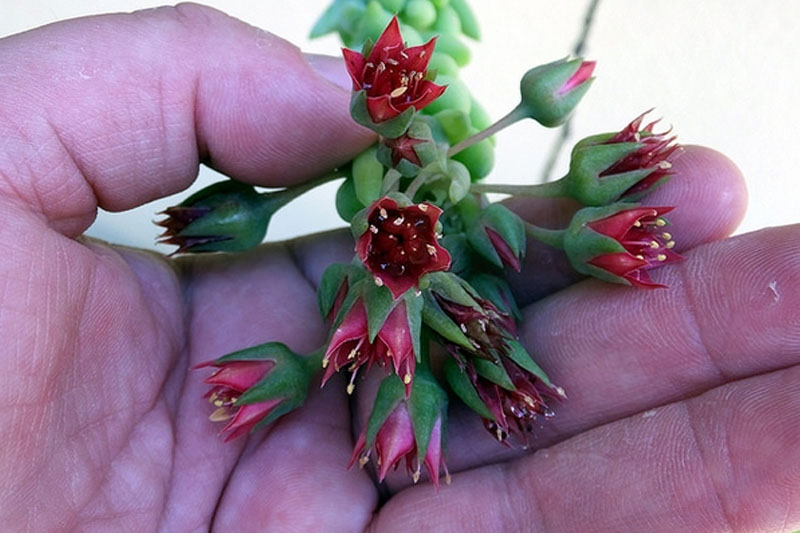
Aeonium Kiwi – Succulent Stem Propagation
Everything about Aeonium ‘Kiwi’ appeals to succulent lovers! (Are you beginning to see why keeping this list so short was so difficult?:)) With favorable lighting, perfect rosettes of emerald and yellow flush a delicious pink at the borders. Stress causes the pink to become brilliant red, as shown above. The rosettes of the kiwi grow thick bushes that can entirely conceal the twisting, woody stalks that bear them. The succulent stem propagation of Aeonium Kiwi is really simple and rapid.
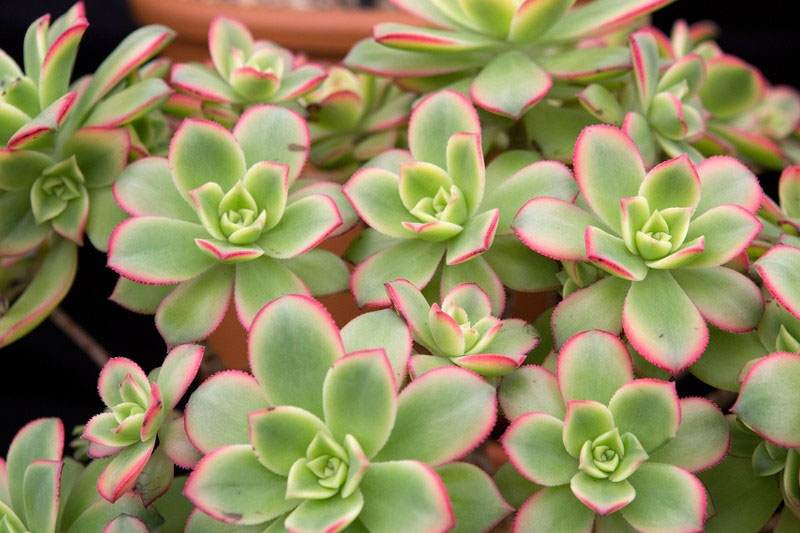
Crassula ovata – Succulent Stem Propagation
Crassula ovata, the ever-jade plant, is a cinch to grow and spread by succulent stem propagation. It thrives both indoors and outdoors. The leaves are quite a rich, deep emerald green in the shade or indoors. Stress coloration develops with a lot of light exposure, with paler green leaves with strong red edges. Beautiful! In the fall or winter, starry white flowers appear in thick clusters. This is another terrific option for starters that professionals continue to like.
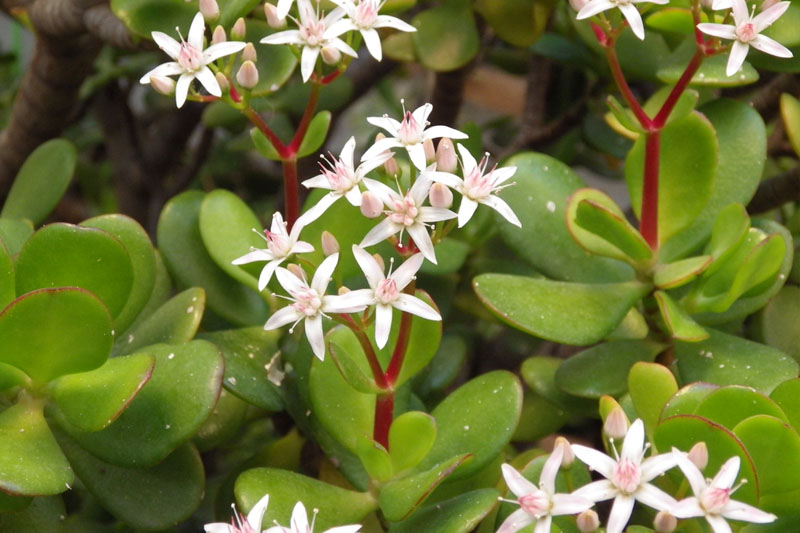
Graptoveria Fred Ives Easiest succulents to propagate
This succulent’s leaves are quite stunning. Its rosettes may grow up to 12 inches tall and 8 inches wide. They are relatively simple to cultivate and may survive even in bad conditions. Graptoveria Fred Ives is a fantastic succulent for beginners as well as experienced succulent gardeners. This plant may grow quicker and is also simpler to propagate. Although it is easiest to grow them through leaves, stem cuttings can also be used.
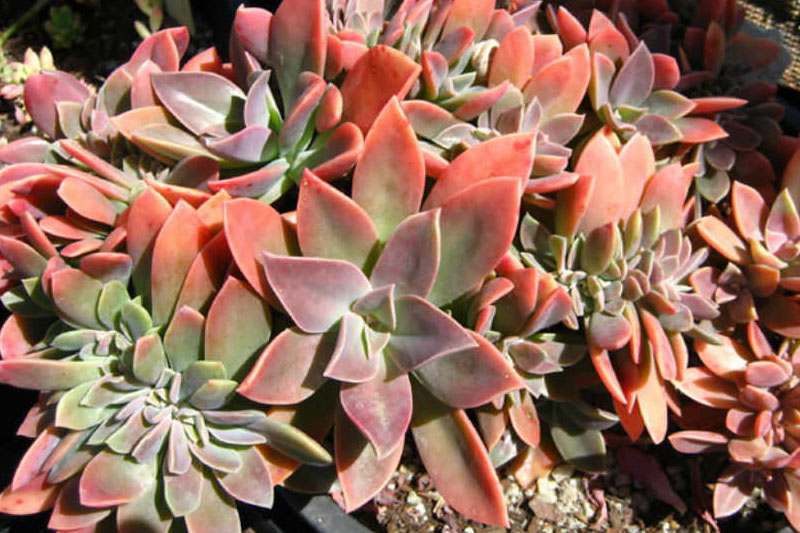
Graptopetalum Paraguayense -Leaf Propagation
Graptopetalum paraguayense is a fast-growing, easy-to-grow succulent with stunning, opalescent white rosettes that give origin to the common name “ghost plant.” It is without a doubt one of the simplest succulents to reproduce – and one of the quickest! These exquisite rosettes are capped on long, curving bare stems. It is growing succulents from leaves, and stem cuttings and are just as easy to propagate. Do not grow Graptopetalum paraguayense unless you are ready to fall in love!
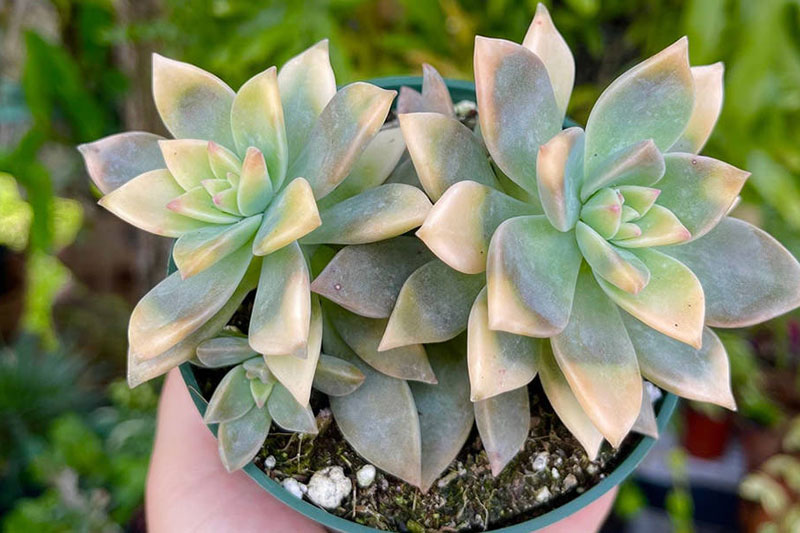
Sempervivum/Jovibarba – Succulent Stem Propagation
Sempervivum and jovibarba, also known as Sempervivum heuffelii, are among the simplest succulents to reproduce via division. Each plant produces multiple young plants that are linked by a single above-ground stem. In these “hens and chicks” succulents, the tiny plants are the “chicks” that surround the “hens.” When the tiny plant is large enough, just split the stem in half and place it in dry succulent soil. It will soon establish roots and grow into a new plant. The essence of succulent division! These lovely rosettes are cold-hardy and have beautiful colors all year.
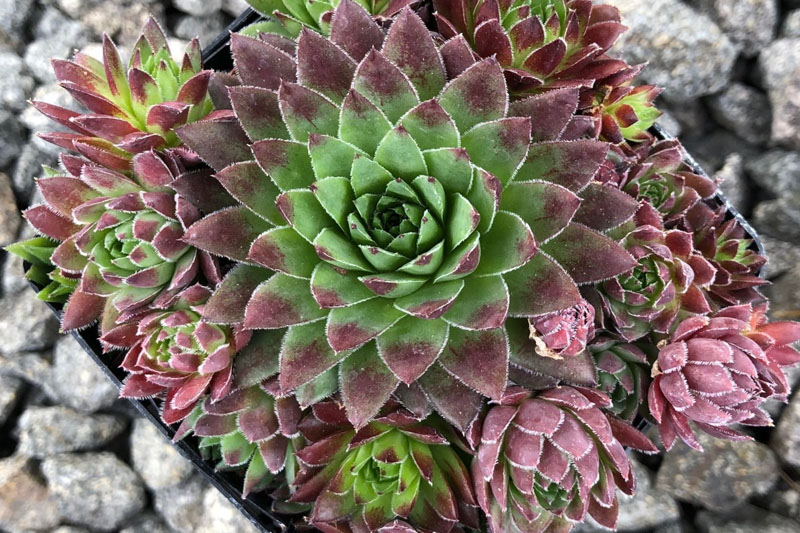
If you got this article interested read our most popular article about Succulents with orange flowers care tips along with succulents with pink flowers that are easy to grow.

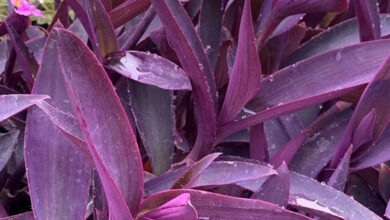
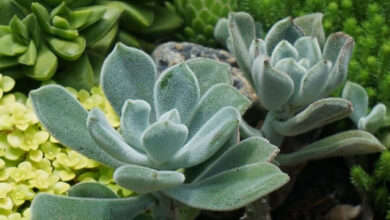
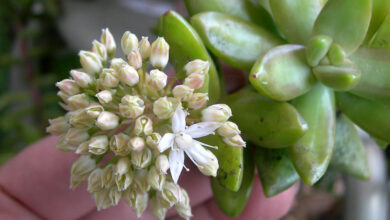
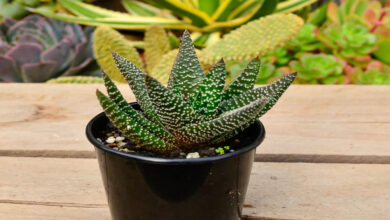
Very good blog post. I certainly appreciate this site. Thanks!
https://empress-escort.com/escort-girls-beer-sheva/ Hunter Groves